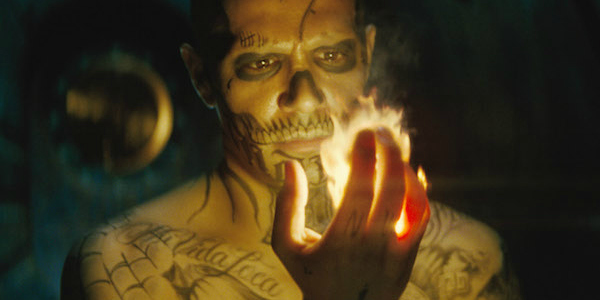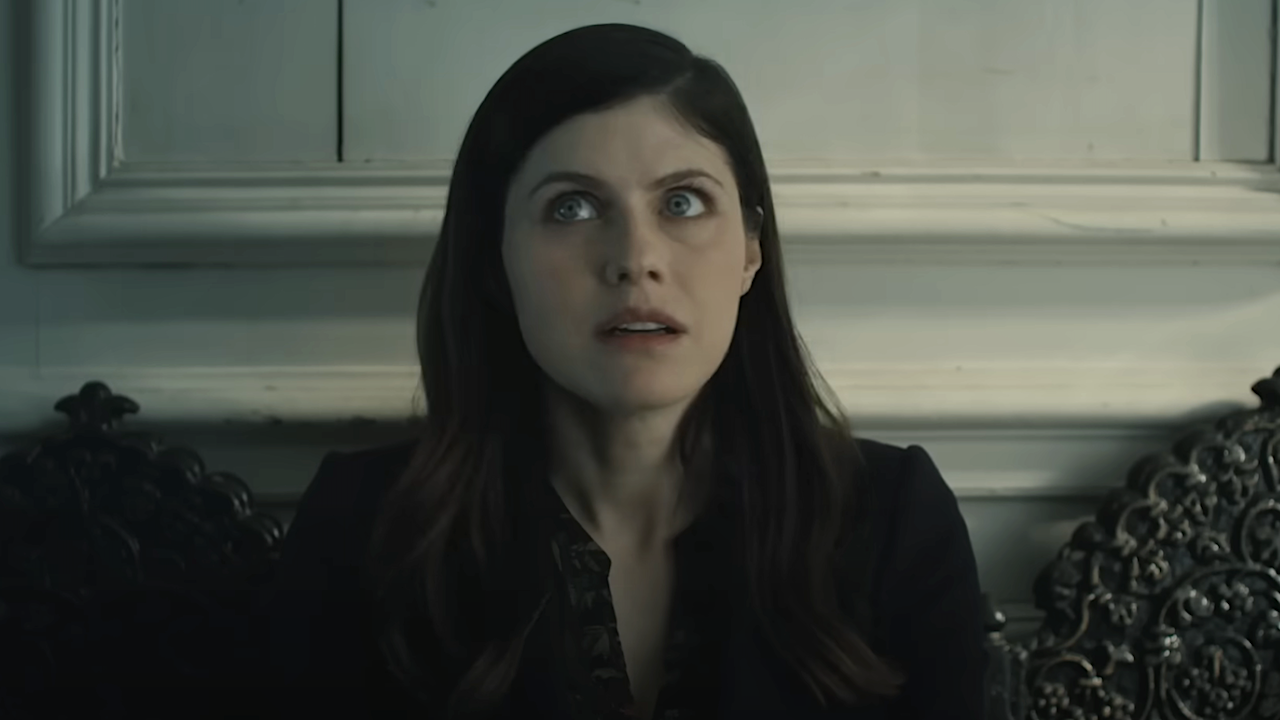To 3D Or Not To 3D: Buy The Right Suicide Squad Ticket


The 2016 summer movie season will soon come to an end, but before it does we've still got David Ayer's Suicide Squad left on the agenda. An unprecedented super villain team up of epic proportions, Task Force X's solo adventure represents the next entry in the DCEU, as well as a stark departure from the hero-centric comic book movies we have come to expect from Hollywood these days. It's a film that has divided fans right down the middle, drawing negative critical reviews and positive fan responses in equal measure.
We've already released a thorough review of Suicide Squad, which highlights the good, the bad, and the ugly in the latest DC adventure. However, Warner Bros. has released the film in both standard 2D as well as 3D, and as such we need to delve a little deeper into whether or not you should fork over the extra money for the enhanced format. With these types of superhero adventures, sometimes the added dimension is worth it, but other times it's completely superfluous, so let's find out where Suicide Squad lands on that spectrum.
It's no secret that comic book movies tend to lend themselves to the amplified visual effect of the 3D treatment, and Suicide Squad is no different. At its core the film is a pulse-pounding action thriller, and that's essentially the genre that 3D was invented for in the first place. Suicide Squad feels right at home in a 3D environment, but it's also worth noting that it's still a much smaller and more intimate movie than Captain America: Civil War or X-Men: Apocalypse, which makes the use of 3D an added bonus, rather than an inherent requirement.
Much like Batman V Superman: Dawn of Justice, David Ayer's Suicide Squad experienced conversion to 3D in postproduction, unlike movies such as The Jungle Book, which specifically shot with the format in mind. As such, Suicide Squad instantly loses some points in the planning and effort category. In fact, while some of the film's sequences make solid use of 3D, most of them don't necessarily look shot to enhance the format in any way. We get a few good shots, but 3D never enhances the narrative or visual style of Suicide Squad in any substantial way.
Like many of the 3D categories you will see here, Suicide Squad can feel somewhat hit or miss when it comes to the Before the Window category -- which analyzes the sensation of objects flying at the audience during the action. The film features several beautiful examples, such as Incubus' attack on a subway train, Katana slicing an Eye of the Adversary's head clean off, and the destruction of a Hummer during a major action sequence. Having said that, the film doesn't play up the Before the Window idea nearly as much as it could, and in many ways, it often feels like an after thought when it does occur.
While Suicide Squad doesn't do a phenomenal job of making objects fly out of the screen at the audience, it does a somewhat better job of using 3D to sell the depth and scope of specific shots. David Ayer uses the technique in order to frame characters behind bars, enhance the perceived size of a fight, and (most impressively) amplify a sense of height when characters jump, fall, or look down from a high vantage point. It's not used as often as it could, but it works well when it is.
Suicide Squad dropped the ball so badly when it came to its brightness category. With an incredibly drab and dark color palette, the added tint of the 3D lenses can often make it almost impossible to discern what's happening during the film's bigger action sequences. As a movie that primarily takes place during nighttime sequences and inside of dark rooms, 3D can become a serious hindrance on the overall visibility of the action. Hands down, this represents the biggest weakness of the entire movie's 3D treatment.
Your Daily Blend of Entertainment News
Luckily Suicide Squad makes up for its brightness shortcomings by affording the audience several opportunities to remove the 3D glasses and simply watch the film. While much of the movie features plenty of 3D blur to obstruct the view, there are numerous scenes that barely use the effect at all. I removed my glasses several times during the film's quieter, more exposition-heavy scenes, and found that little to no 3D blur had been added to these sequences. If you need to rest the bridge of your nose during a 3D movie then Suicide Squad will happily oblige.
In the same vein that Suicide Squad struggled in the Brightness category, it also has trouble when it comes to audience health, as these tend to go hand in hand. David Ayer has crafted several fast-paced, edit-heavy action sequences that -- while entertaining -- often become incredibly disorienting through the use of the 3D effect. Coupled with the low overall darkness of the film, and Suicide Squad can become downright murder on the eyes of the audience. If you already have trepidations about 3D movies because of its effect on your eyes then you might want to steer clear of this one.
All in all, for everything that Suicide Squad does right with its 3D format, there's an overwhelming abundance of blunders and errors here. A few really cool visual effects cannot help the fact that this movie simply is too dark and too strenuous on our eyes to warrant a 3D viewing experience. Suicide Squad's action sequences are undeniably enjoyable, but they're better left viewed in a standard 2D format. Definitely see this latest DC adventure, but don't spend too much money on an unnecessarily enhanced visual style.
Originally from Connecticut, Conner grew up in San Diego and graduated from Chapman University in 2014. He now lives in Los Angeles working in and around the entertainment industry and can mostly be found binging horror movies and chugging coffee.

